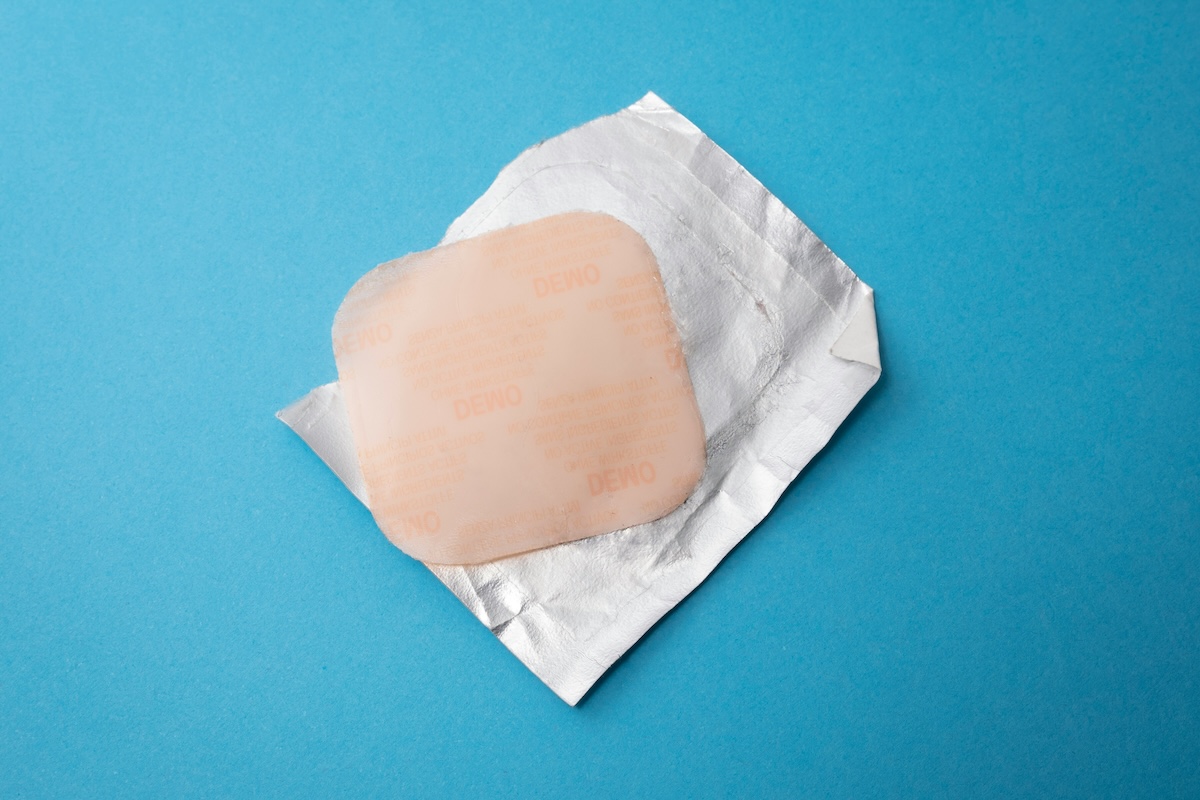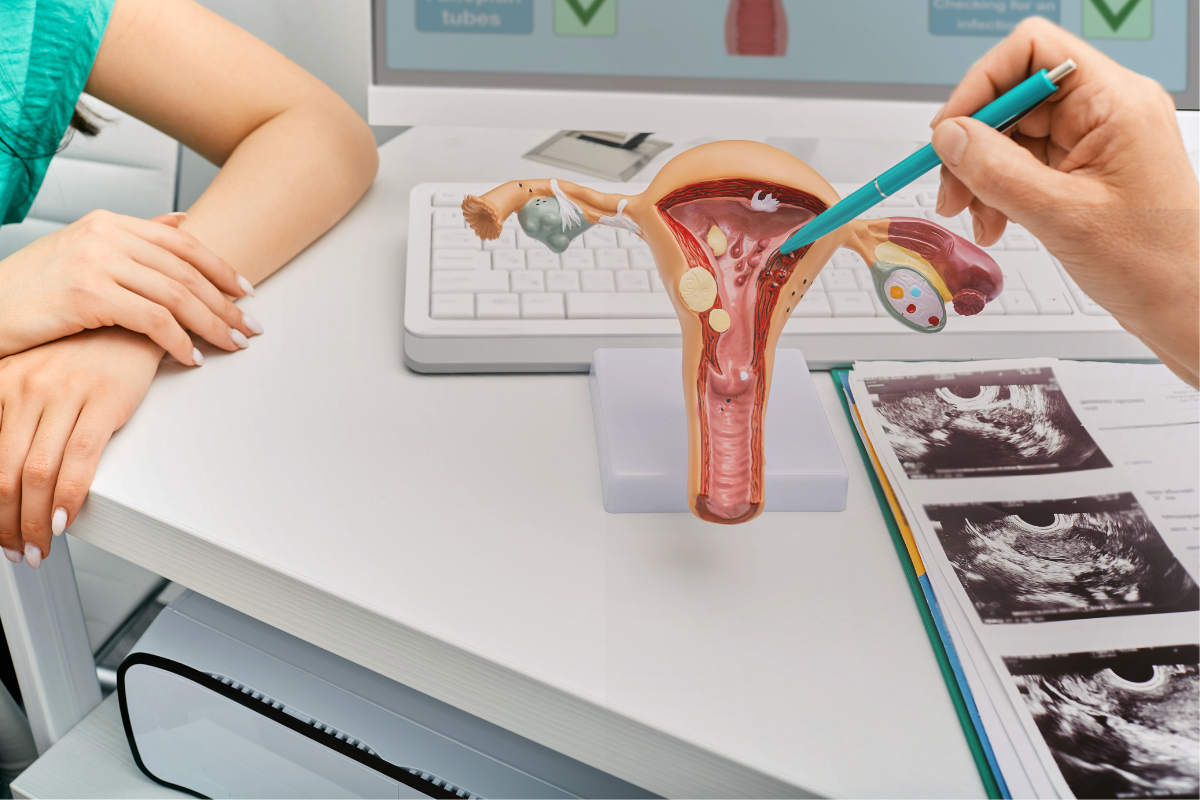Is there a realistic way to naturally boost progesterone? Or are pills and lotion the only options?
—Anonymous
I can think of a few reasons you might want to increase your progesterone. One reason might be if progesterone levels are low in early pregnancy, your obstetrician or reproductive endocrinologist might prescribe progesterone. In the perimenopausal years, progesterone protects the uterine lining from becoming too thick when you take estrogen hormone therapy. But progesterone has also been shown to help with sleep disruption during the perimenopausal years.

Progesterone is made in two places in the body: a corpus luteum in the ovaries that forms from the cells left behind after ovulation and the placenta. Unless you become pregnant, a corpus luteum involutes after 14 days. So if you aren’t taking progesterone, unless you are pregnant or have ovulated in the past 14 days, your progesterone levels will be very low. As a result, there is no way to encourage your body to make progesterone.
Typically, we will give progesterone or progestin in pills, hormone-eluting IUDs, patches for hormone therapy and contraception, and implants like Nexplanon. During pregnancy, we will often use vaginal progesterone or progesterone injections.
Prescription progesterone creams are not available off the shelf and can only be obtained through a compounding pharmacy. The quality of compounded products varies from pharmacy to pharmacy and compounded pharmacies are not regulated by the FDA, so I don’t typically recommend these products.
There are a whole host of over-the-counter creams that advertise that they contain progesterones, often derived from yams. One study of wild yam found that while it is safe, it does not improve perimenopausal symptoms. There is no evidence regarding whether wild yam creams can significantly raise progesterone levels. Additionally, over-the-counter creams are regulated as cosmetic products, not medications, so you can never be sure that they contain a therapeutic amount of the ingredient advertised.
In short, because progesterone comes from the corpus luteum after ovulation and the placenta during pregnancy, it is not possible to encourage your body to make more progesterone. The only evidence-based way to increase progesterone levels is to take a prescription progesterone or progestin.
Community Guidelines















Log in